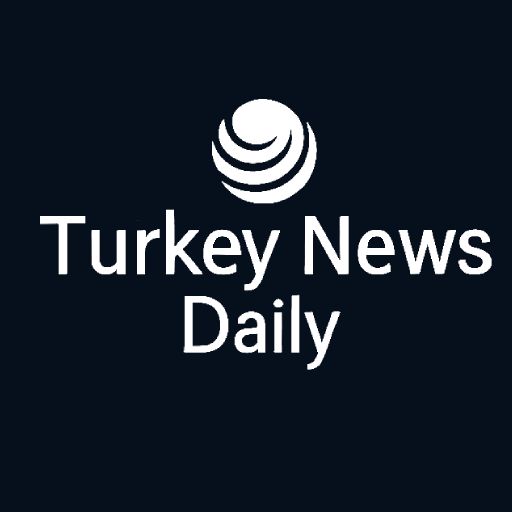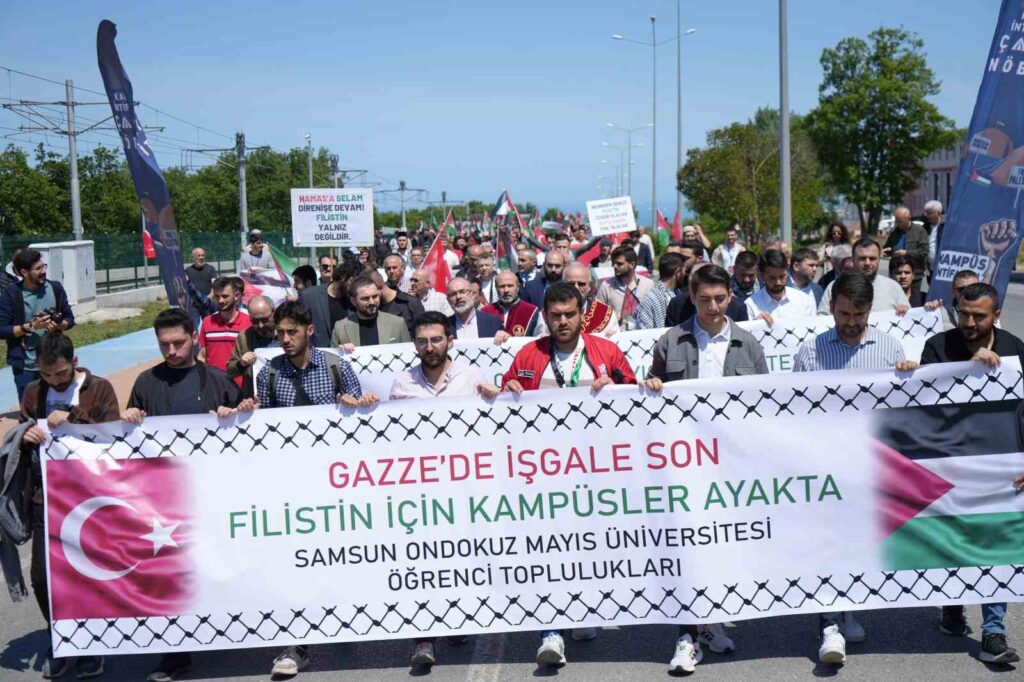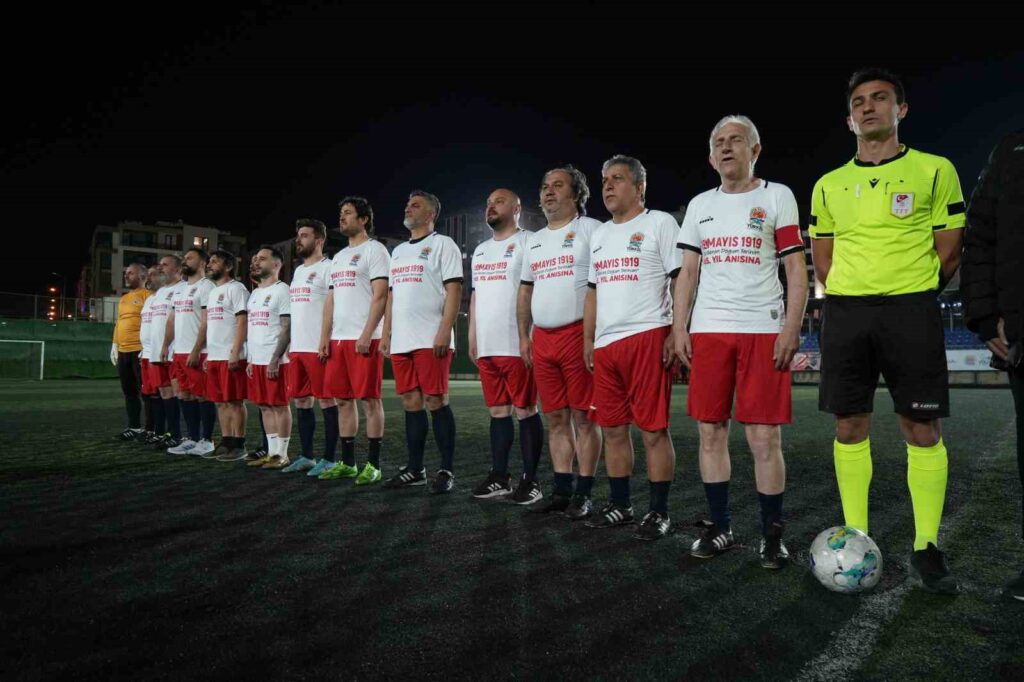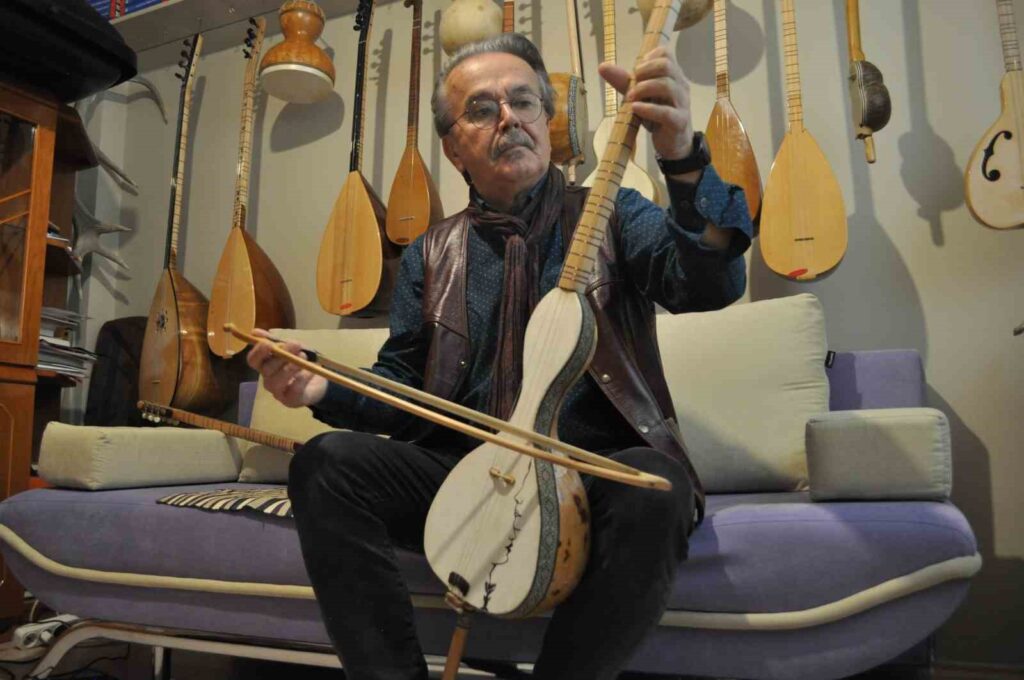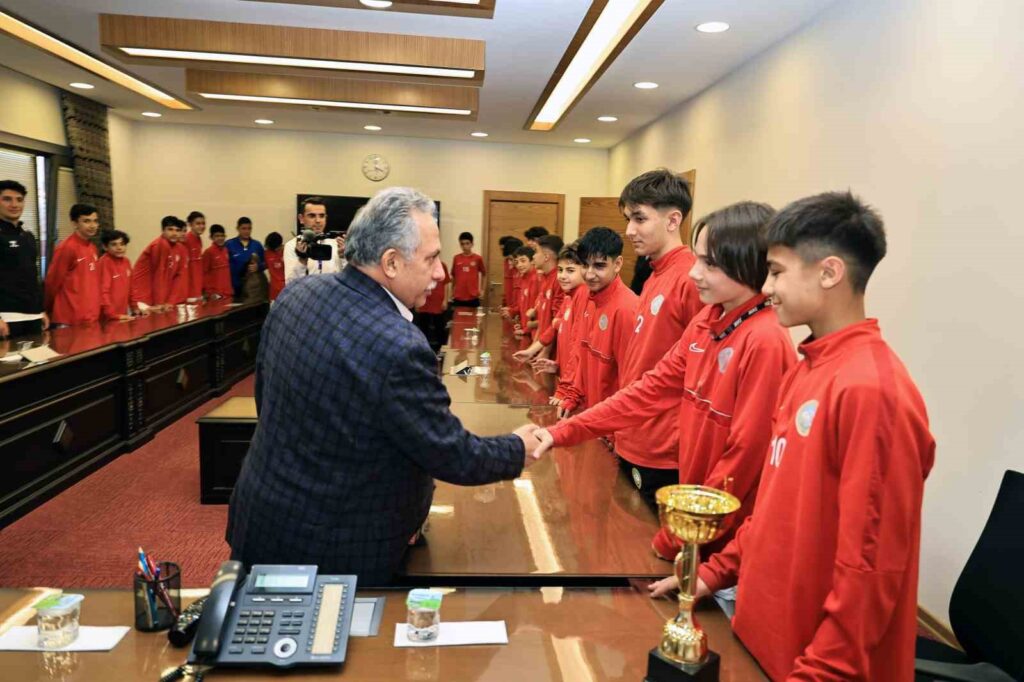Die archäologischen Ausgrabungen im Jahr 2024 begannen in Çobankale.
In Altınova, einem Bezirk von Yalova, haben im Jahr 2024 die archäologischen Ausgrabungen an Çobankale begonnen, wo das erste historische ‘Hashtag’-Zeichen unter den Funden entdeckt wurde. Im Çobankale Grabungshaus in Ayazma, einem Dorf, das zum Bezirk Altınova gehört, fand das Eröffnungsprogramm der Saison statt …
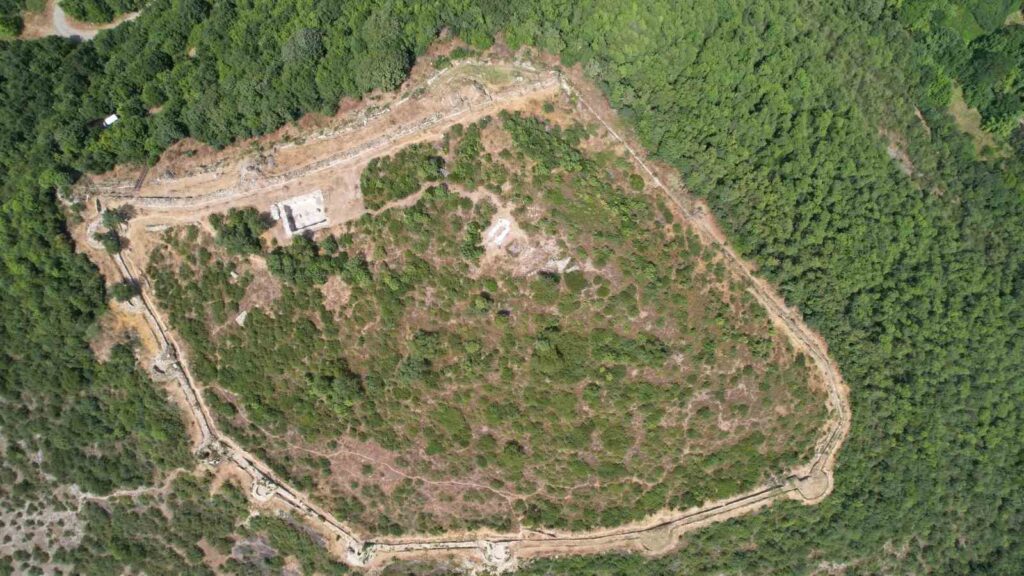
In Çobankale, located in the Altınova district of Yalova, where the first archaeological finding of the hashtag symbol in history was discovered, archaeological excavations for the year 2024 have begun. The season opening program was held at Çobankale Excavation House in Ayazma village, affiliated with the Altınova district. The excavation, carried out by the Ministry of Culture and Tourism, was attended by Yalova Governor Hülya Kaya, Altınova Mayor Yasemin Fazlaca, and provincial protocol. During the program, Assoc. Prof. Dr. Selçuk Seçkin, a faculty member at Mimar Sinan Fine Arts University and the Head of Çobankale Excavation, gave a presentation about the ongoing work. Governor Hülya Kaya explained that the historical site, dating back to the 9th to 14th centuries, is located within the borders of Yalova, stating, ‘A very beautiful work shedding light on history is being carried out here, both for our country, the world, and especially for Yalova. We see that we are approaching the end of the work here. The site, which witnessed very important battles in both the Byzantine and Ottoman periods, is a very special place within the borders of Yalova. Therefore, the data we have obtained in shedding light on history shows that in fact, Yalova has a history dating back to before history, even before the common era. Efforts are being made for the recognition and visibility of these studies both internationally and in Turkey.’ The Governor also mentioned that all the data obtained from the excavation works have already been turned into international publications. Plans for the restoration of the site and reopening it as a castle are ongoing, and with the project tender, it is expected to start welcoming visitors within a short period of about 2 years. The Mayor of Altınova, Yasemin Fazlaca, expressed the municipality’s continued support for the ongoing work. Emphasizing the importance of opening the castle to tourism, Fazlaca stated, ‘The tourism value of this place was only in terms of nature. It couldn’t come to light in terms of history. Therefore, I believe that when the castle stands up, it will bring great benefits to tourism by combining history and nature.’
The Head of Excavation, Assoc. Prof. Dr. Selçuk Seçkin, highlighted the significance of Çobankale in Turkish and world history, stating, ‘Çobankale is strategically located on the road between Istanbul and Iznik. We started with cleaning works in 2017, then continued with drilling and excavation works since 2020. During this process, all walls were excavated, and restoration works were carried out inside the castle. From 2024 onwards, our works inside the castle will continue. Its location, especially on the road between Istanbul and Iznik, makes it a crucial point to control that road. In 2017, we started with cleaning works, then continued with drilling and excavation works starting from 2020. During this process, all walls were excavated. There are also structures inside the castle that we have restored. In the upcoming period, starting from 2024, we will continue our works inside the castle. The wall system was completely revealed in 2023, and therefore, it became ready for restoration. We also found the entrance gate to the castle. We discovered the gate of the castle by drilling, which was an important finding for us. Numerous small findings were obtained. These findings were published in Turkey’s leading indexed journals. A world-renowned journal also covered this. Therefore, very important results have emerged for us as scientists.’
